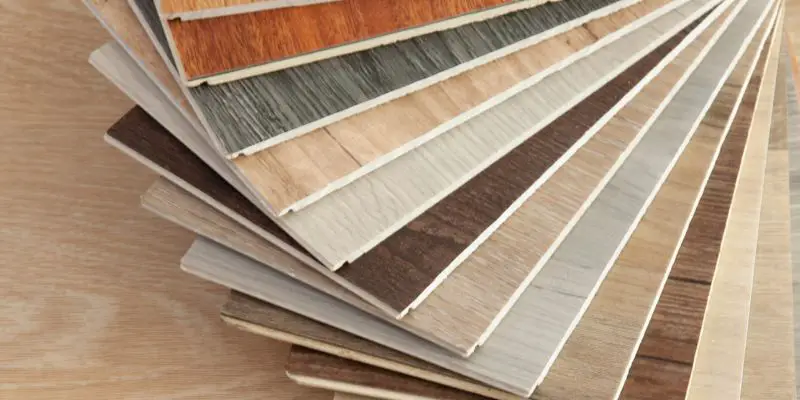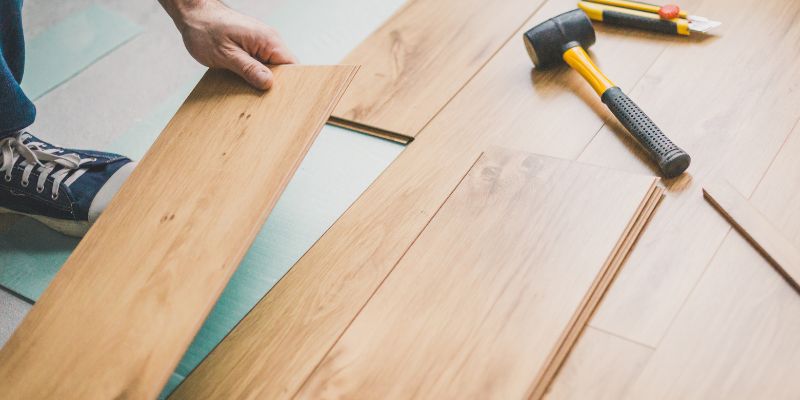Not acclimating laminate flooring can lead to warping and buckling due to changes in temperature and humidity. Acclimating laminate flooring is essential to ensure a proper installation and to prevent potential damage.
We will explore the importance of acclimating laminate flooring and how to do it correctly. We will also discuss the potential risks and consequences of not acclimating the flooring before installation. By following the proper acclimation process, you can ensure the longevity and performance of your laminate flooring.
So, let’s dive in and learn more about the significance of acclimation for laminate flooring.
Consequences Of Not Acclimating Laminate Flooring
When it comes to installing laminate flooring, acclimation is a crucial step that should never be overlooked. Acclimating laminate flooring involves allowing the planks to adjust to the temperature and humidity levels of the room where they will be installed. Failure to acclimate the flooring can have serious consequences that can impact the functionality and lifespan of the product.

Warped And Buckled Flooring
One of the potential consequences of not acclimating laminate flooring is the risk of warped and buckled planks. Laminate flooring is manufactured using layers of composite material that can expand or contract based on environmental conditions. If the flooring is not given enough time to acclimate to the room’s temperature and humidity, rapid changes can occur, leading to warping or buckling of the planks. This not only affects the overall appearance but can also create tripping hazards and make the flooring uneven.
Expansion And Contraction Issues
When laminate flooring is installed without proper acclimation, expansion and contraction problems may arise. Laminate planks are designed to expand and contract slightly due to changes in temperature and humidity. However, if the flooring is not acclimated, these fluctuations can become extreme and result in gaps between the planks. These gaps not only compromise the aesthetic appeal of the flooring but can also make it more vulnerable to moisture damage, further impacting the durability and functionality of the laminate.
Decreased Durability And Lifespan
Another significant consequence of not acclimating laminate flooring is the decreased durability and lifespan of the product. Laminate flooring is known for its durability and resistance to wear and tear. However, when the flooring is not properly acclimated, it becomes more susceptible to damage. This includes issues such as separating or lifting from the subfloor, chipping, and delamination of the top layer. These problems not only affect the aesthetic appeal but can also lead to costly repairs or even replacement of the entire flooring, significantly reducing its lifespan.

Tips For Properly Acclimating Laminate Flooring
When installing laminate flooring, it is crucial to properly acclimate the material to the environment where it will be installed. Failure to do so can lead to a range of issues, including buckling, warping, and gaps between the planks. To ensure a successful installation and long-lasting flooring, follow these tips for properly acclimating laminate flooring.
Understanding The Acclimation Period
The acclimation period is the amount of time laminate flooring needs to adjust to the temperature and humidity of the installation space. Laminate flooring is made up of wood and fiberboard layers that are sensitive to moisture. If the flooring is not given enough time to acclimate, it may expand or contract once installed, causing problems.
Proper Storage And Handling
Before installation, laminate flooring should be stored in the same room where it will be installed. This ensures that the flooring can adjust to the temperature and humidity of the space. Keep the flooring cartons unopened and stacked flat, allowing for proper air circulation. Avoid placing heavy objects on top of the cartons, as this can cause damage. Additionally, handle the flooring with care to prevent any unnecessary bending or warping.
Monitoring Environmental Conditions
Throughout the acclimation period, it is crucial to monitor the environmental conditions of the installation space. Both temperature and humidity levels should be measured regularly to ensure they fall within the manufacturer’s recommended range. Fluctuations in these conditions can impact the flooring’s stability even after acclimation. Use a thermostat and hygrometer to track the temperature and humidity levels accurately.
By understanding the acclimation period, properly storing and handling the laminate flooring, and monitoring the environmental conditions, you can ensure a successful installation and avoid common issues that arise from failing to acclimate the flooring properly.
Conclusion
To ensure the longevity and durability of your laminate flooring, acclimation is crucial. Without proper acclimation, the flooring may expand, contract, or warp due to moisture and temperature changes. This can lead to unsightly gaps, uneven surfaces, and damaged planks.
By allowing the laminate to adjust to its environment before installation, you can avoid these issues and enjoy a beautiful and long-lasting floor. Take the time to acclimate your laminate flooring properly, and you’ll be rewarded with a stunning and stable floor for years to come.


